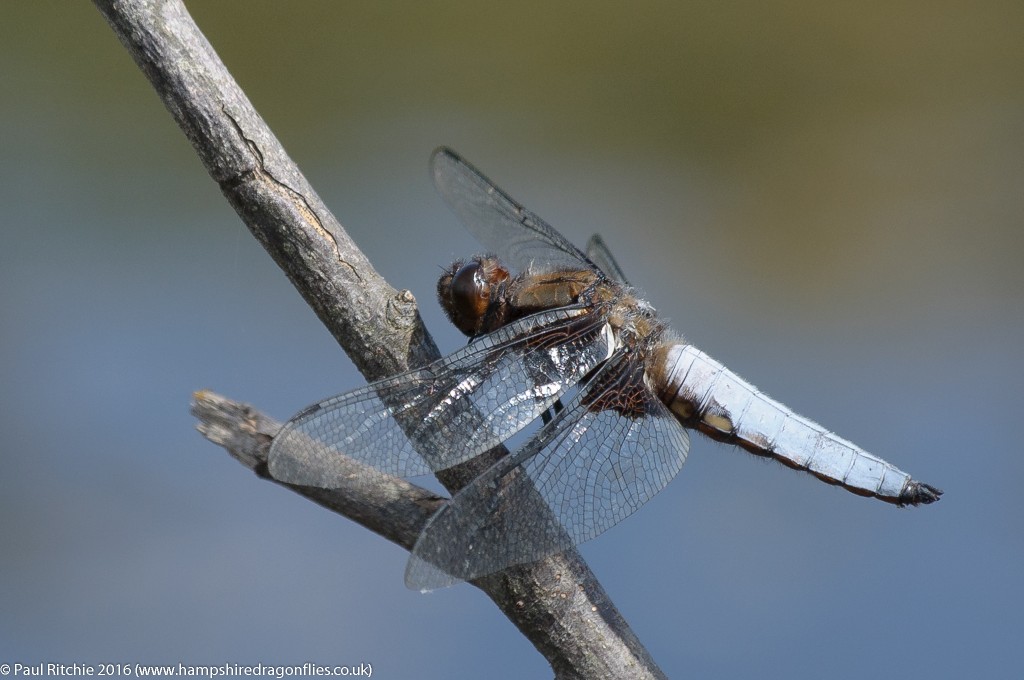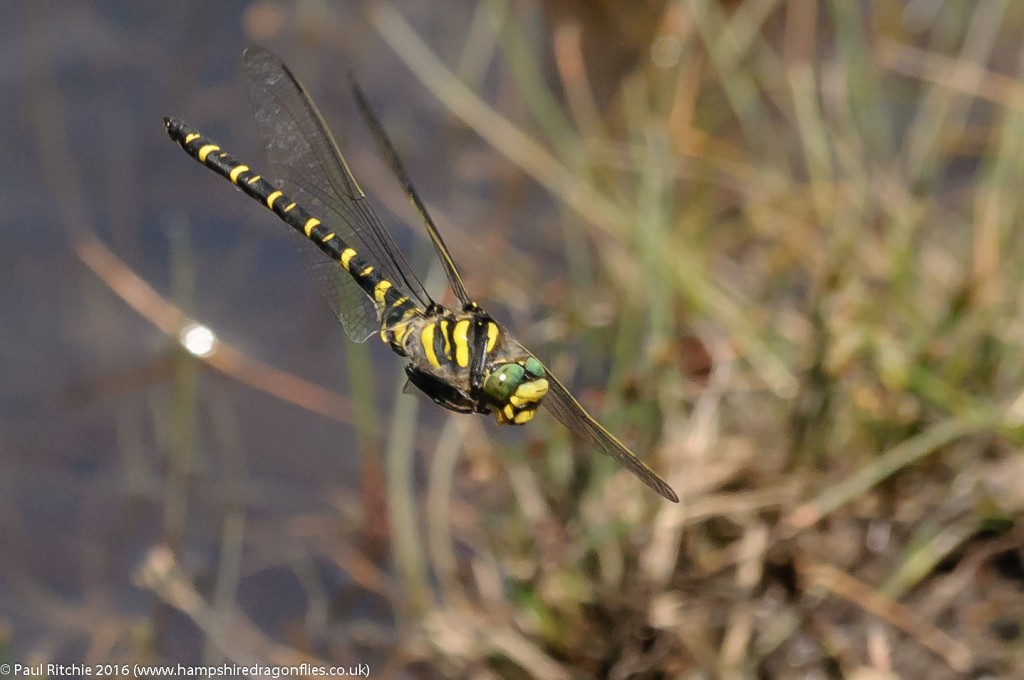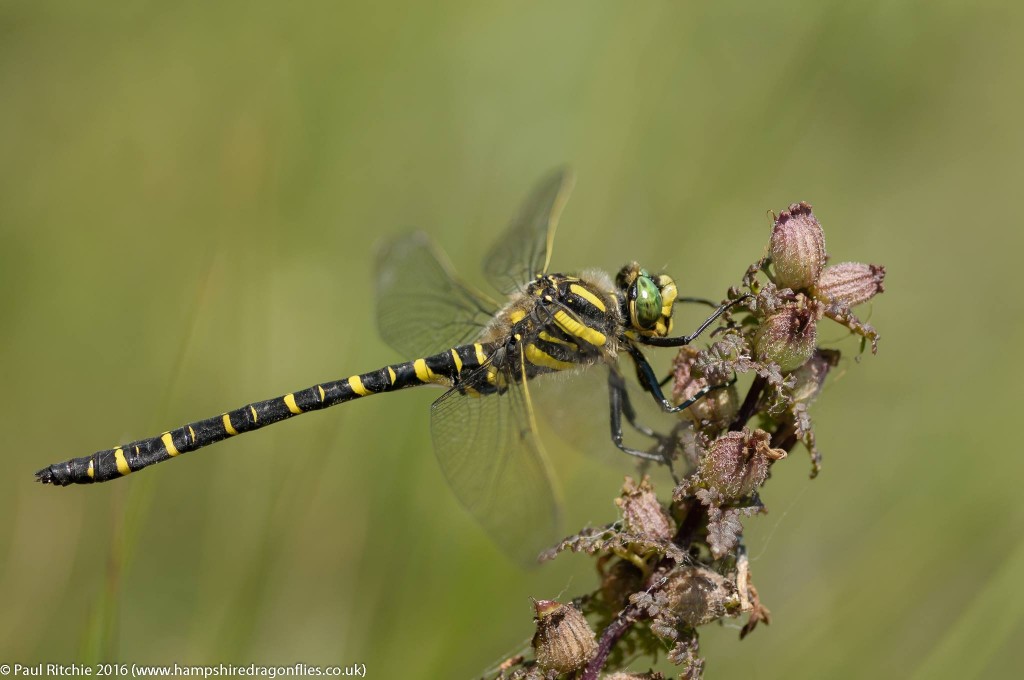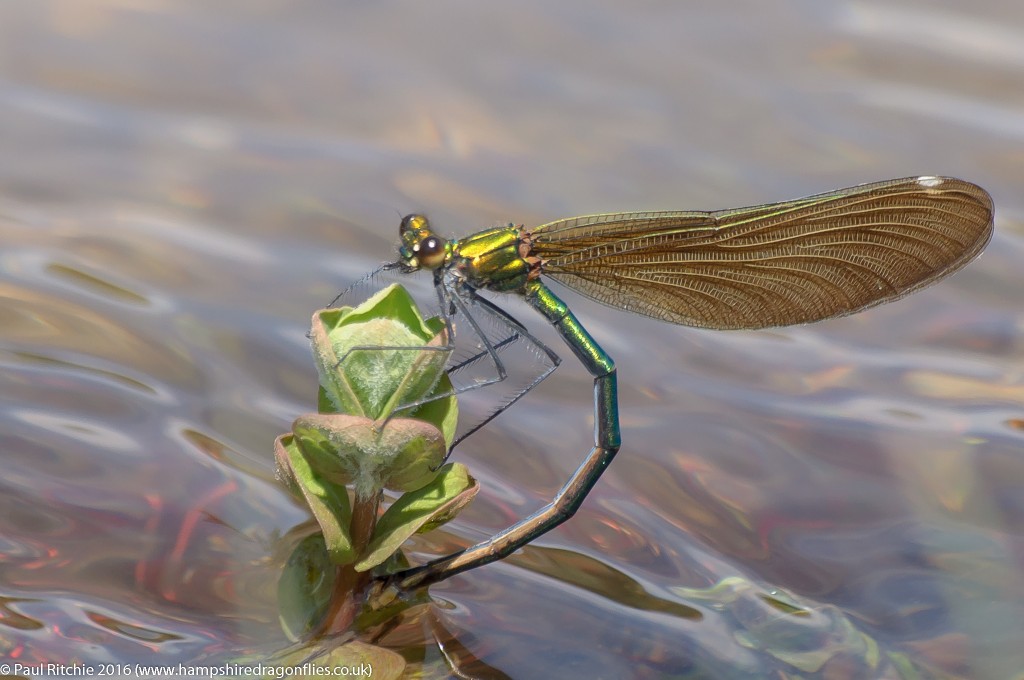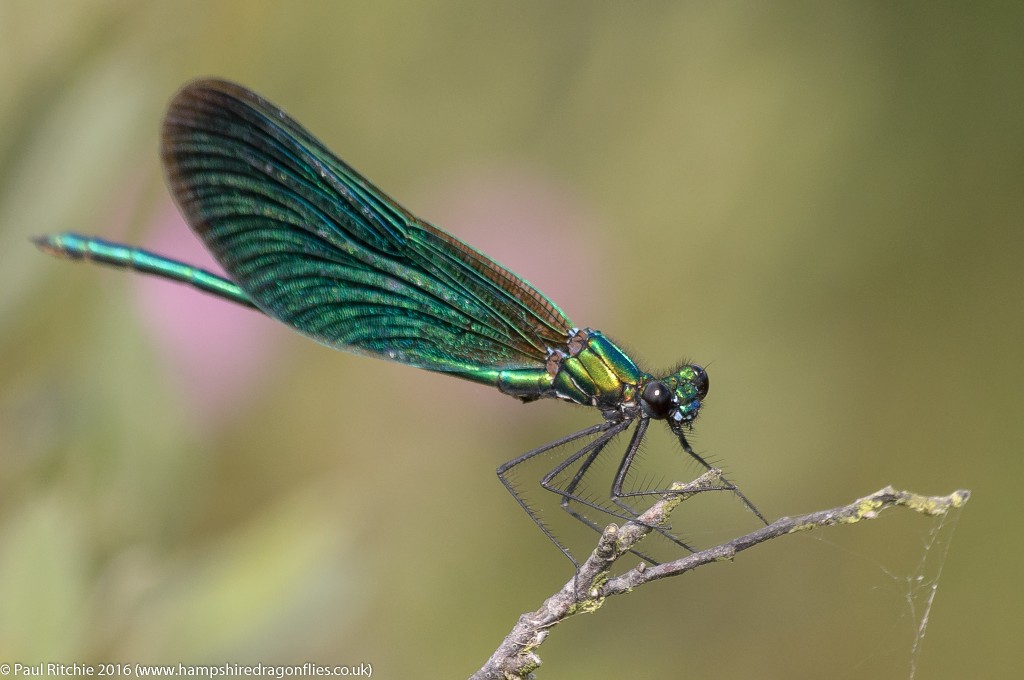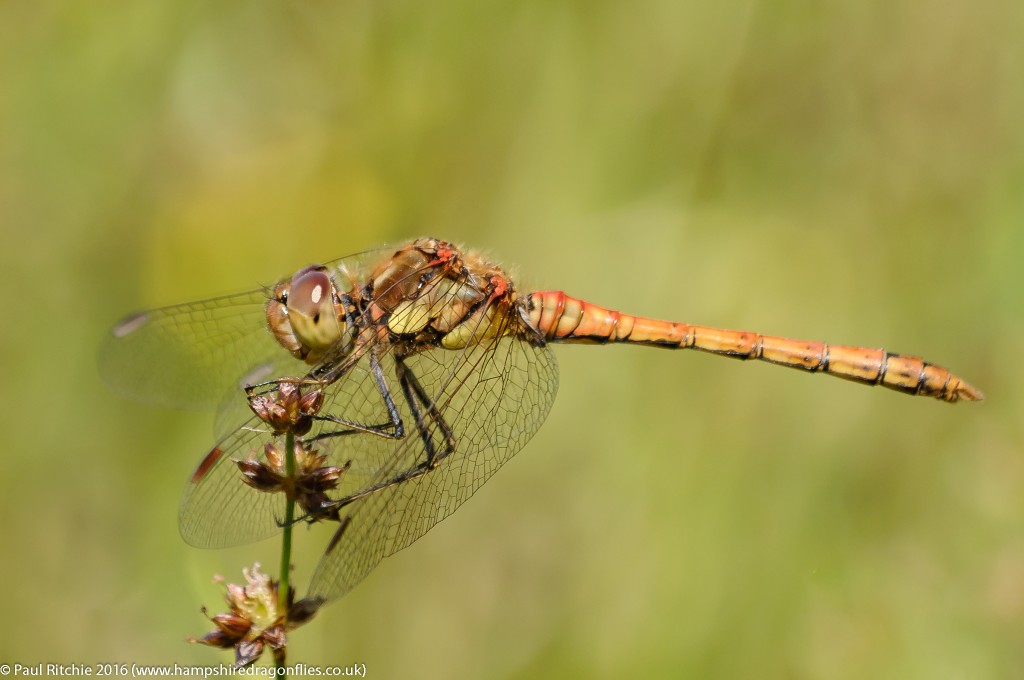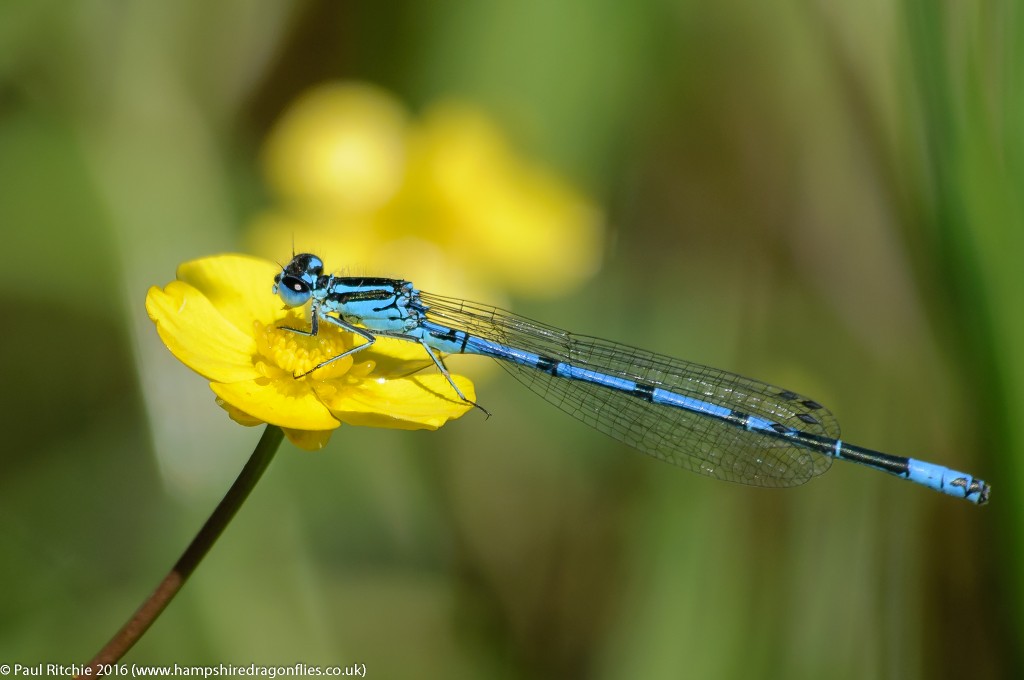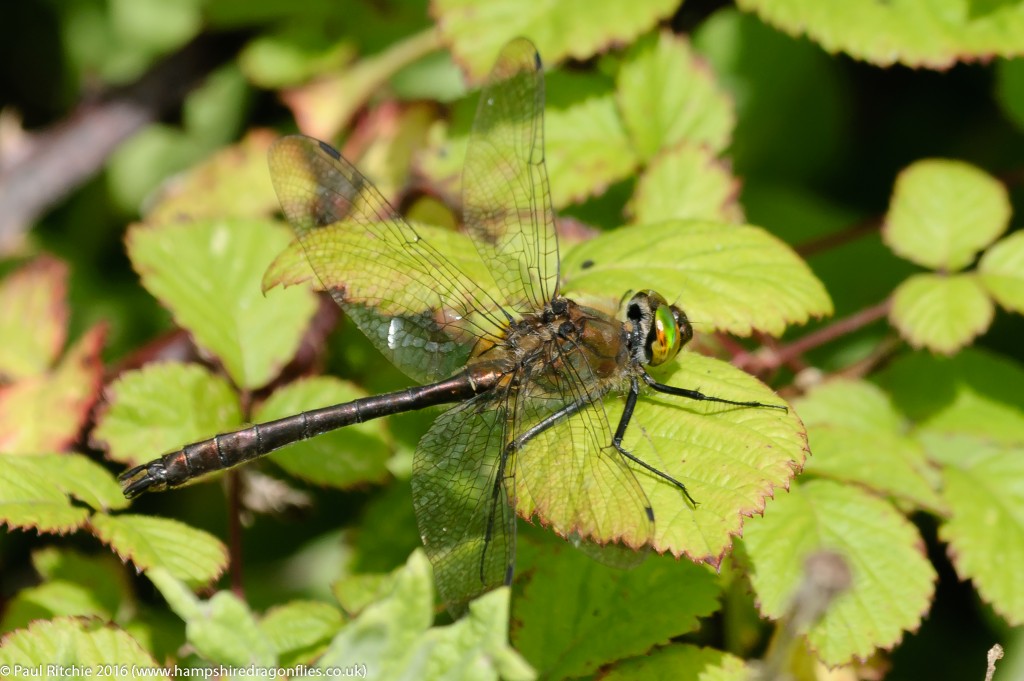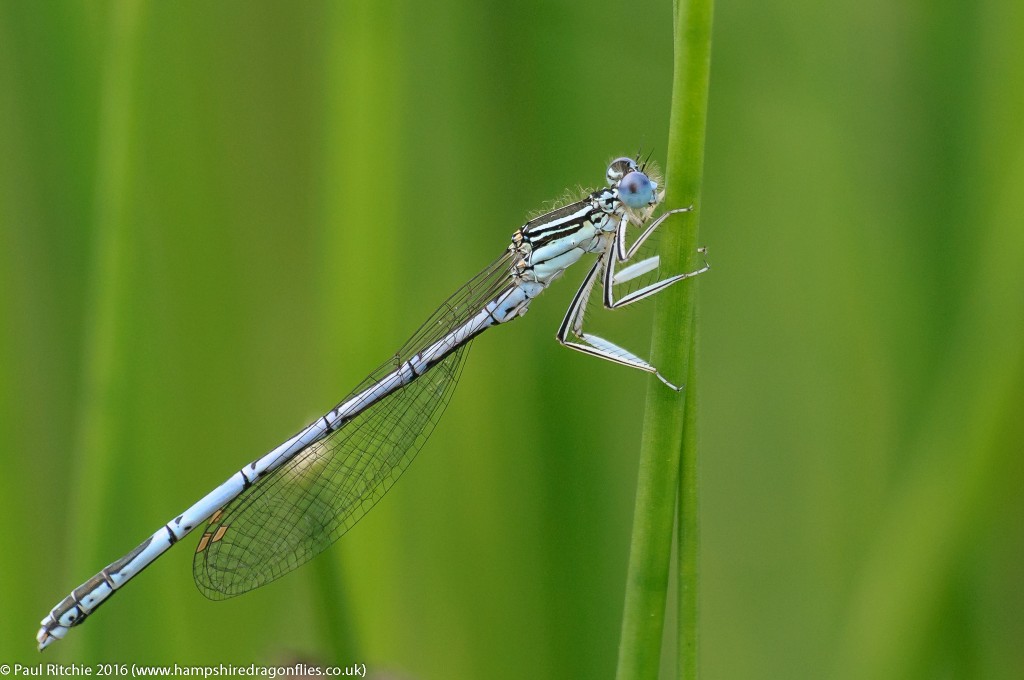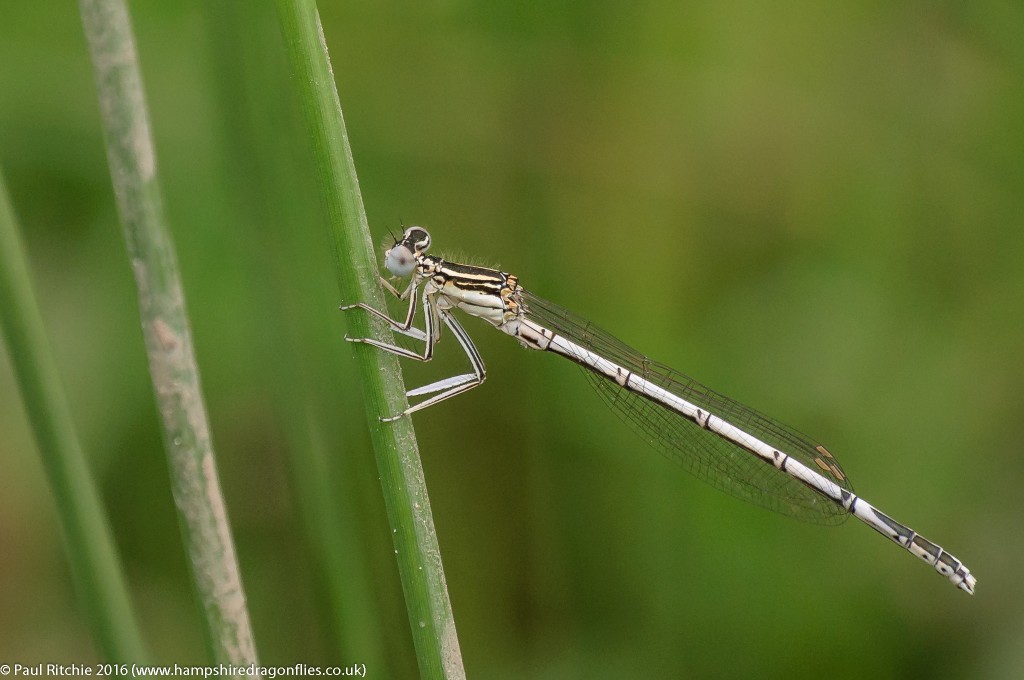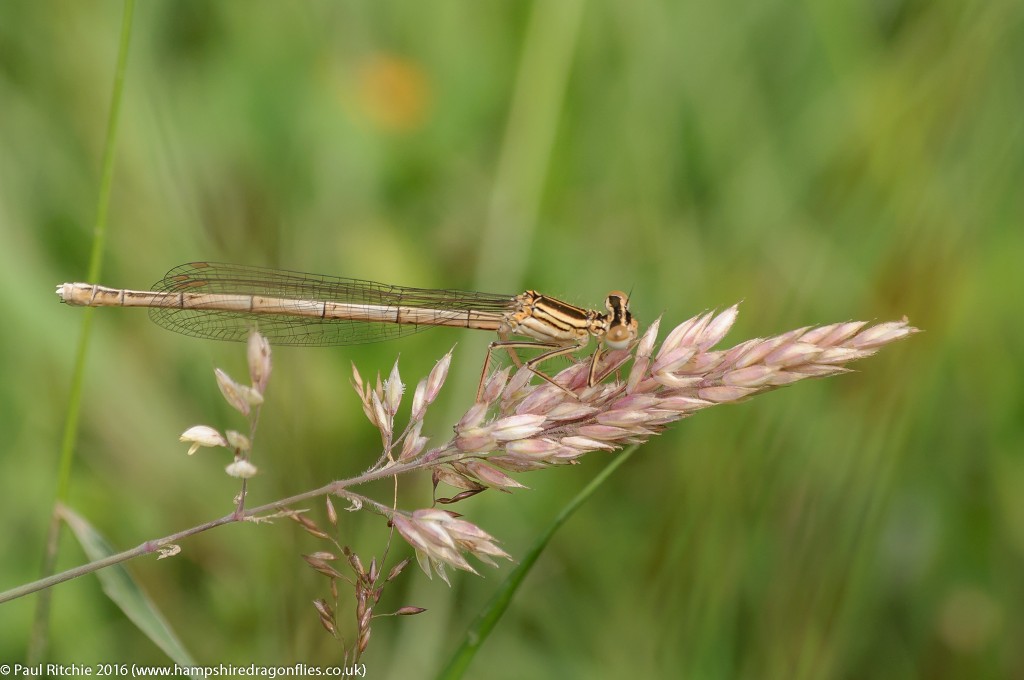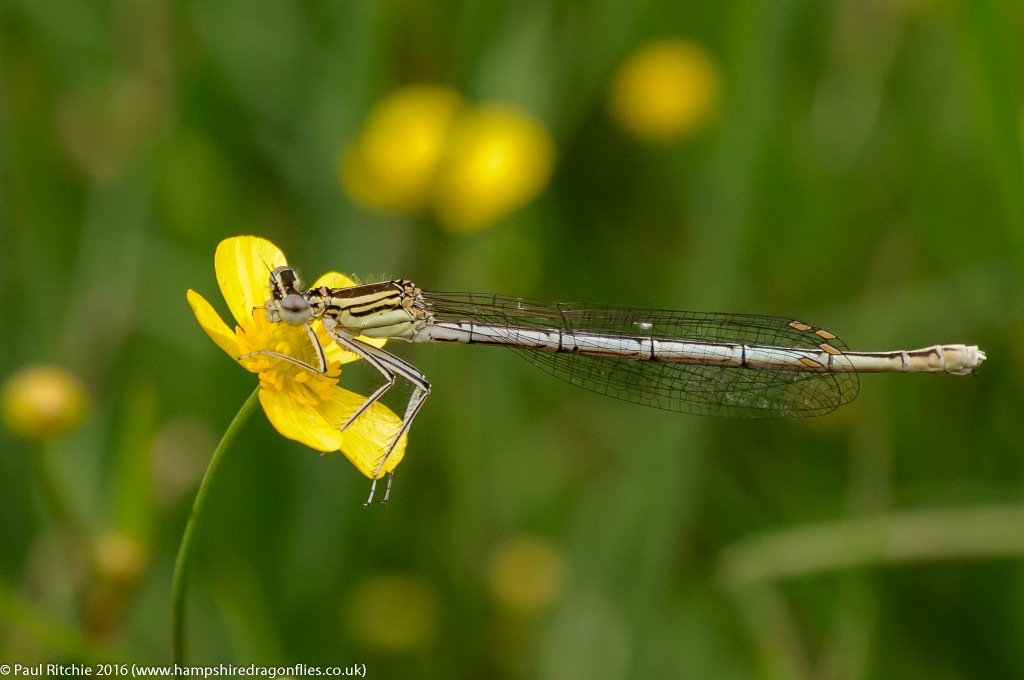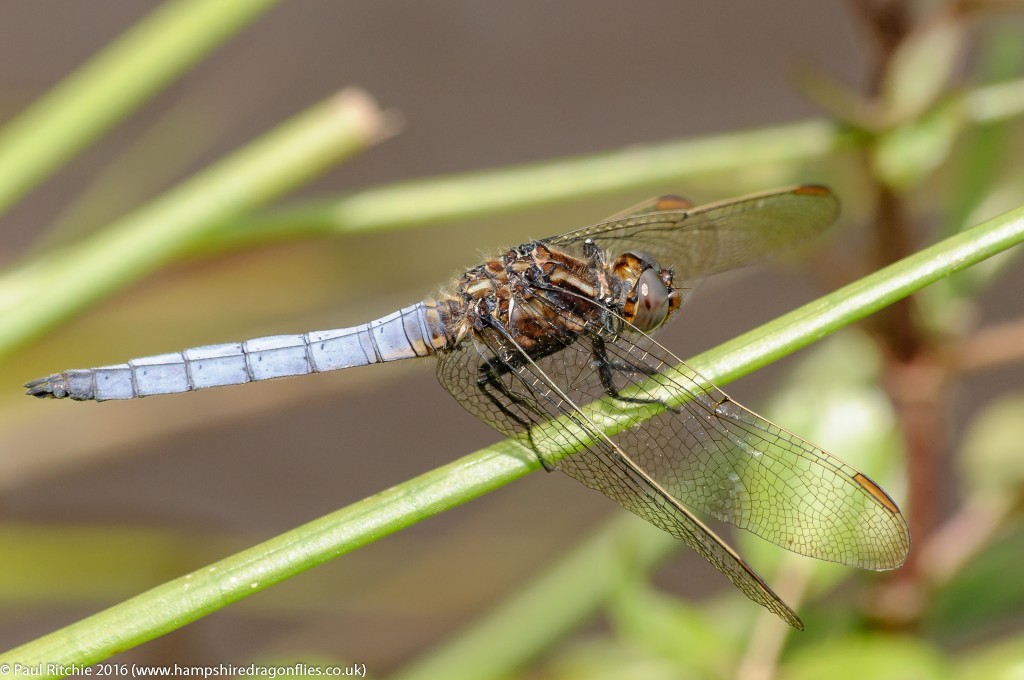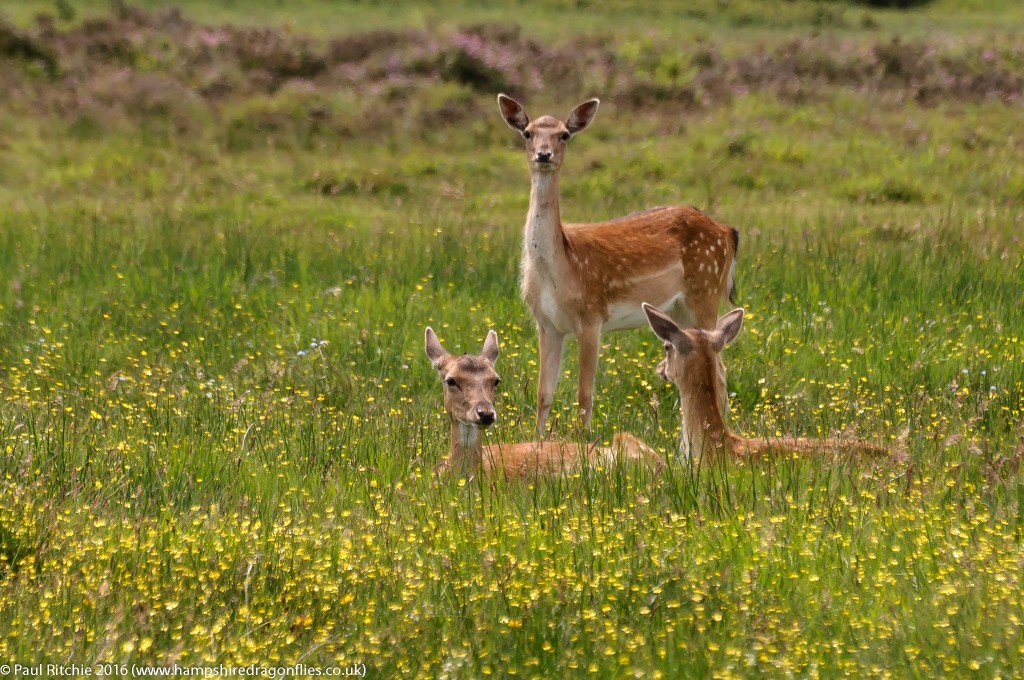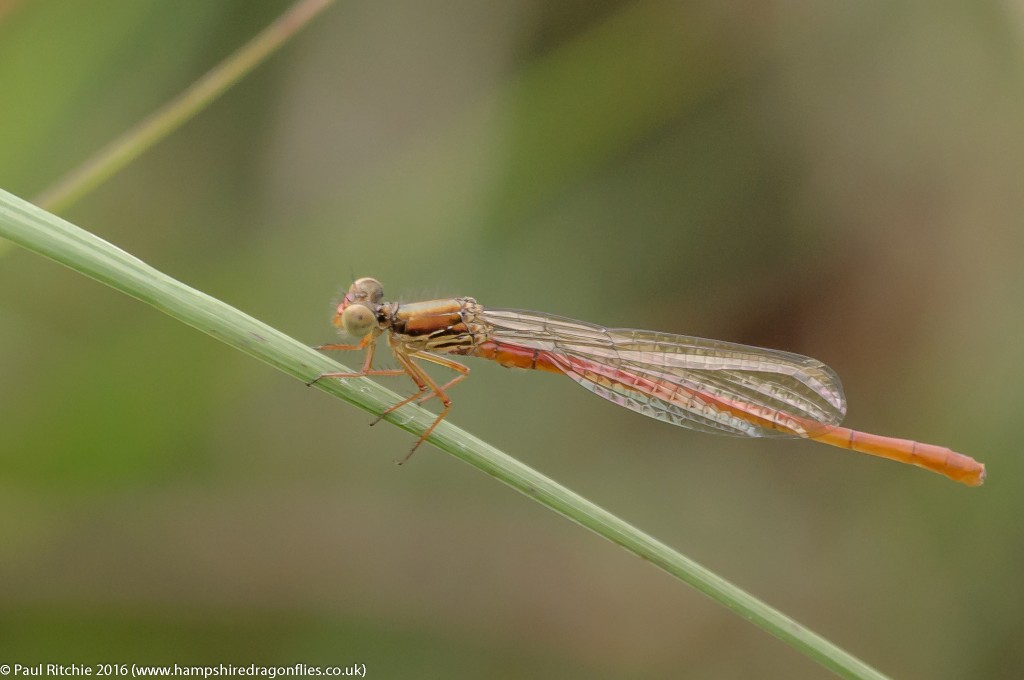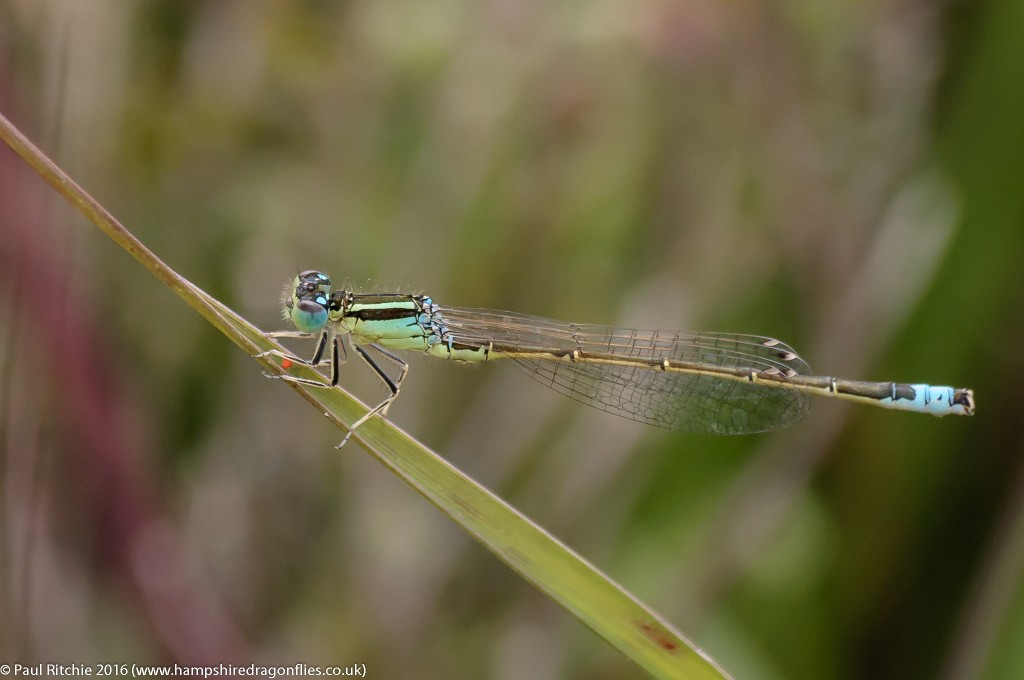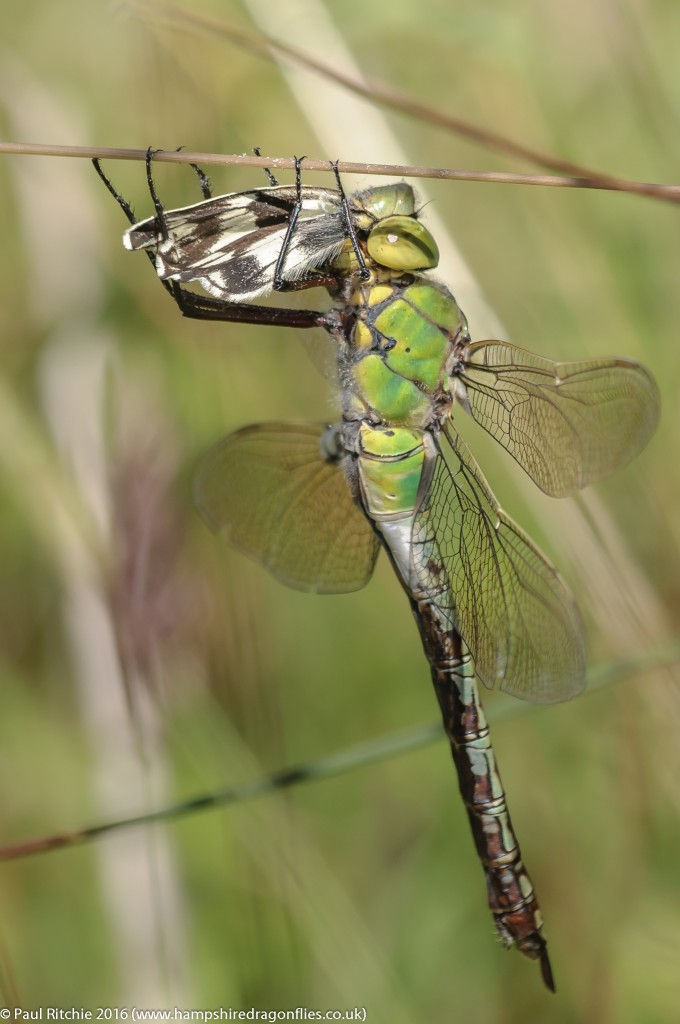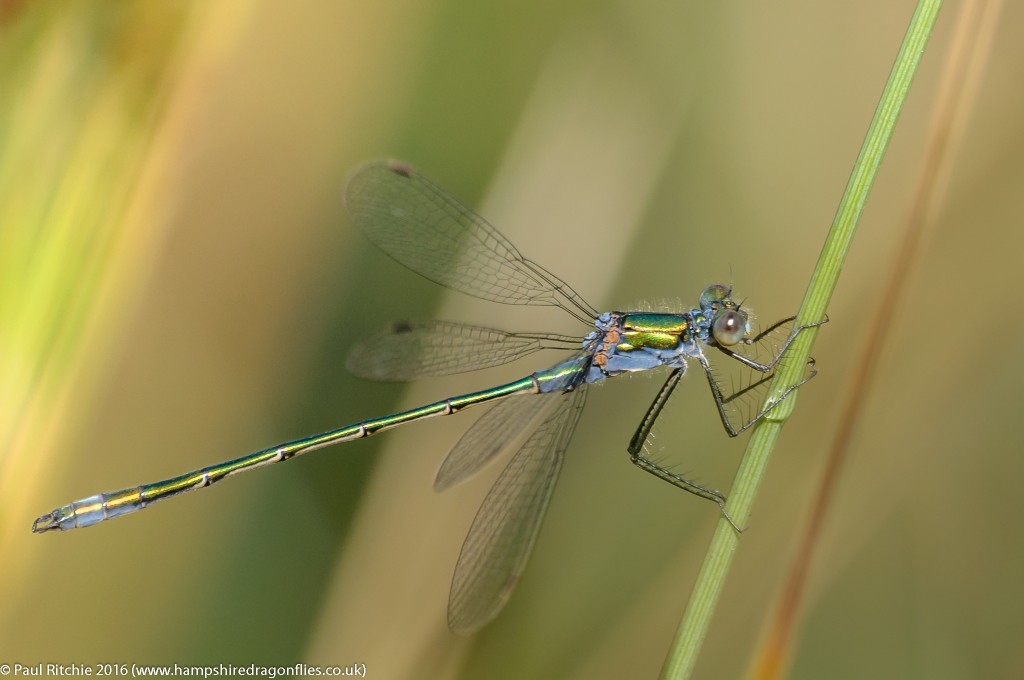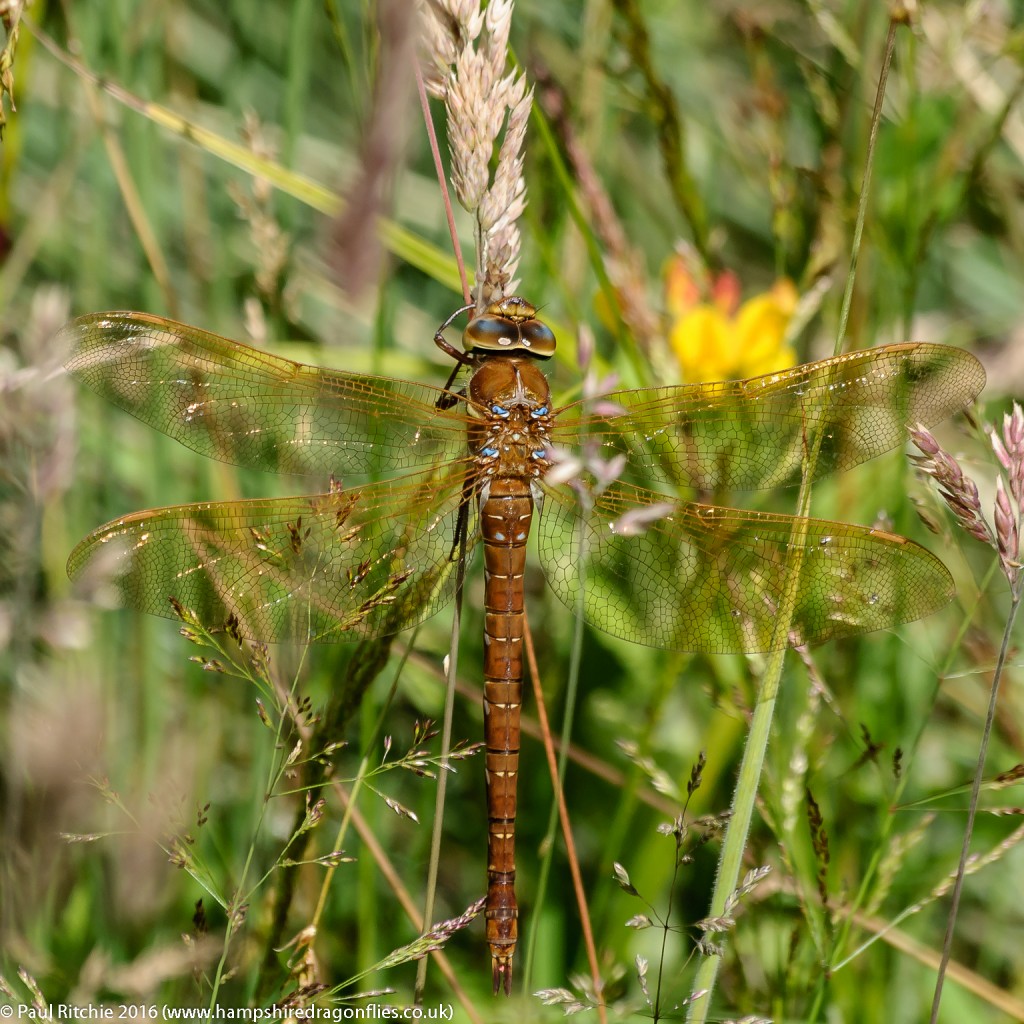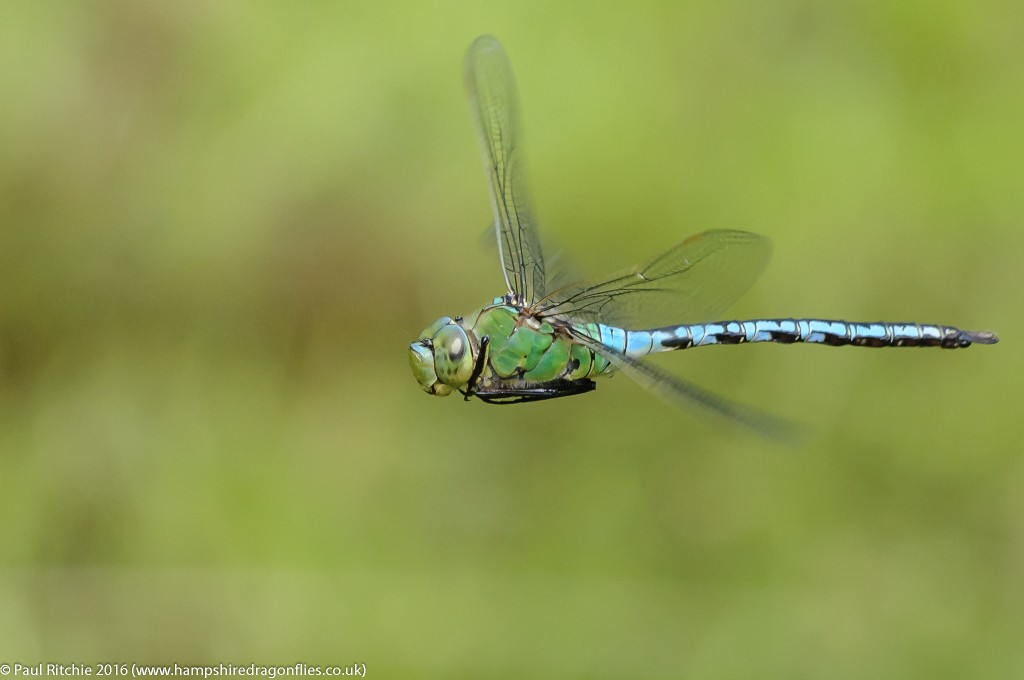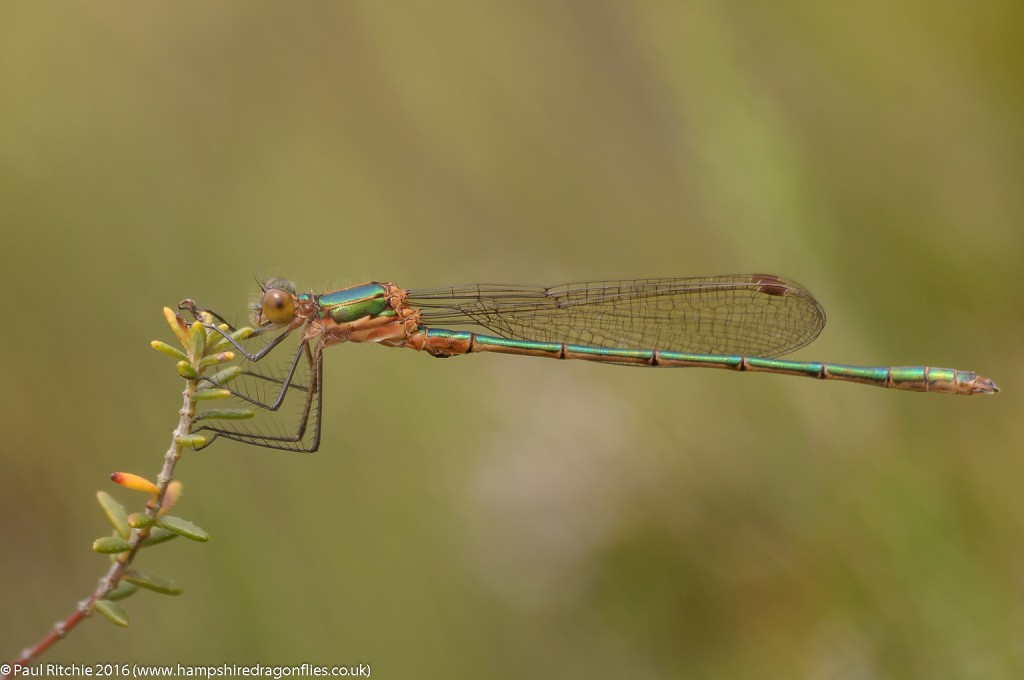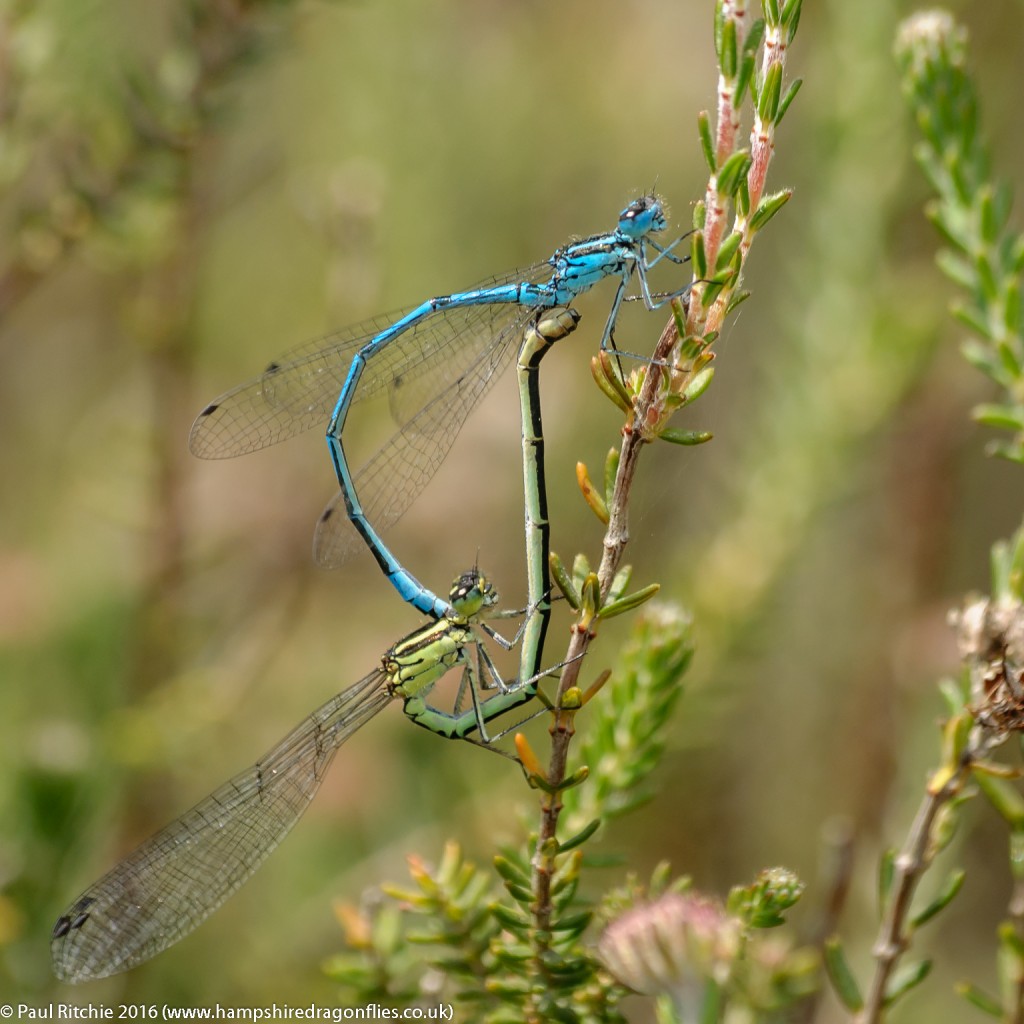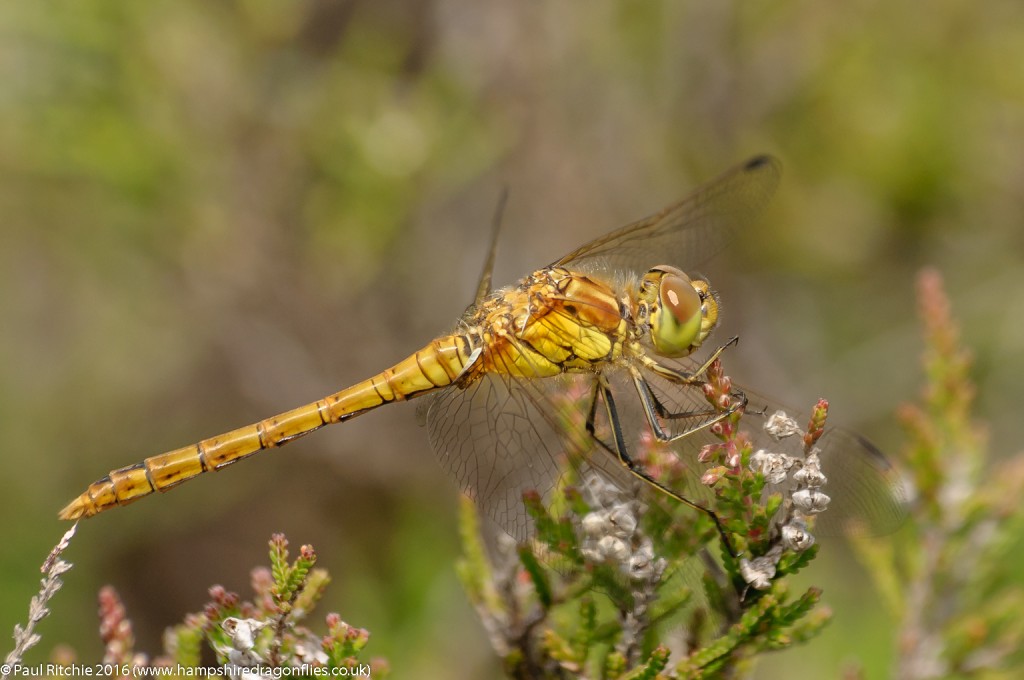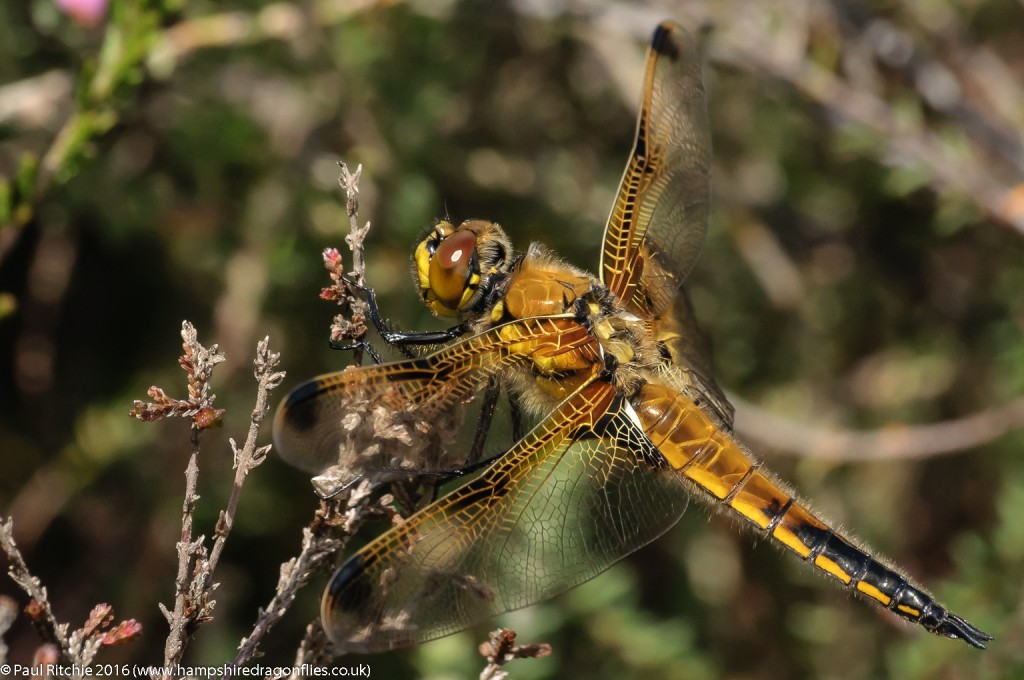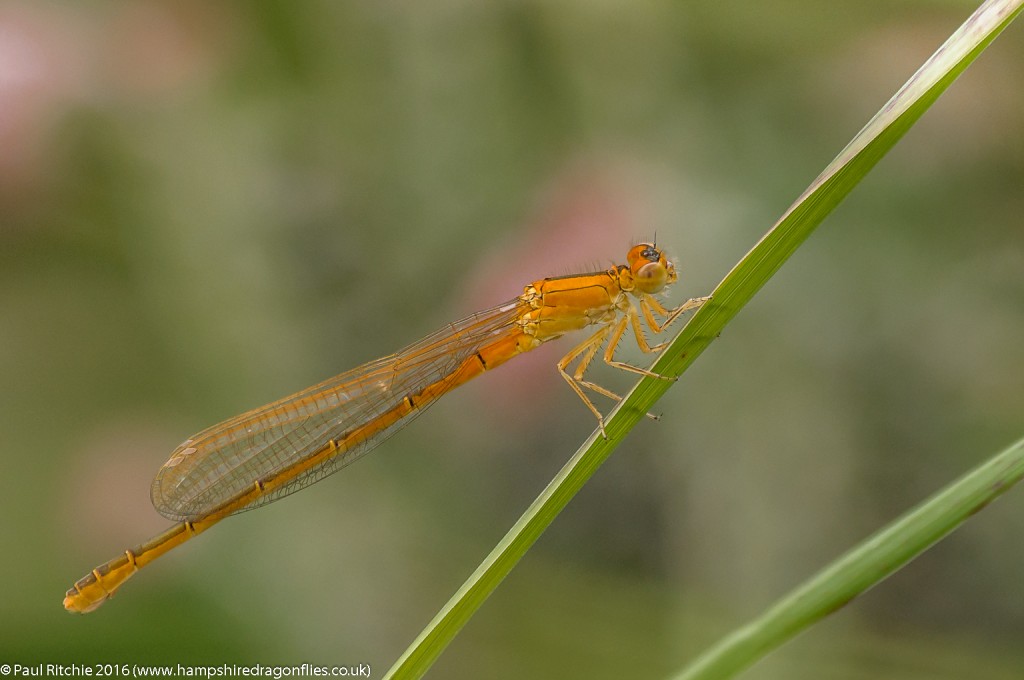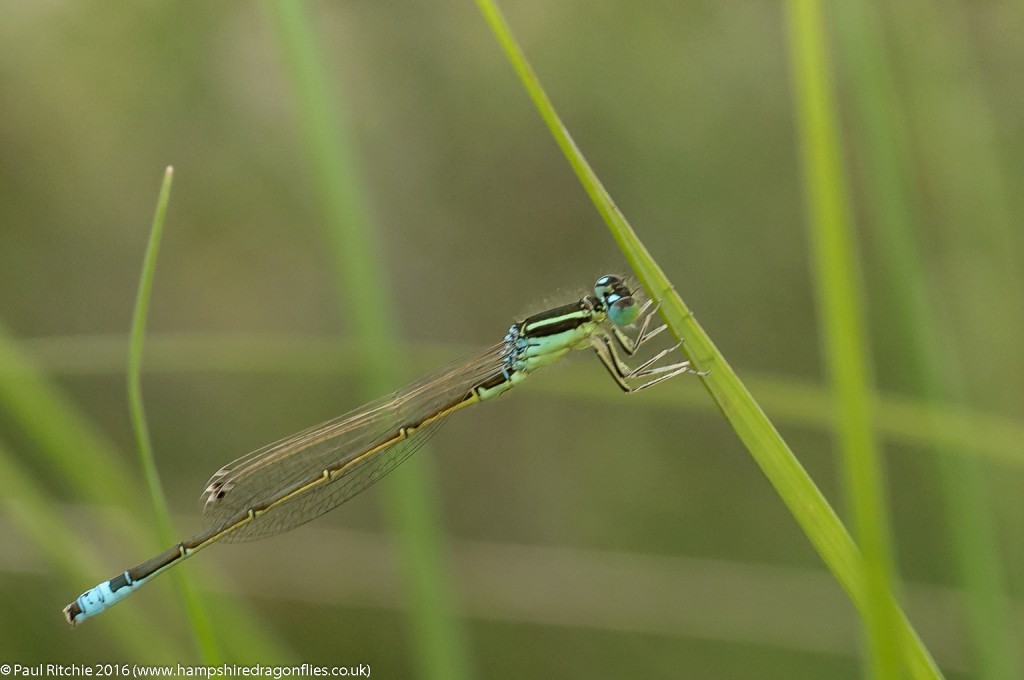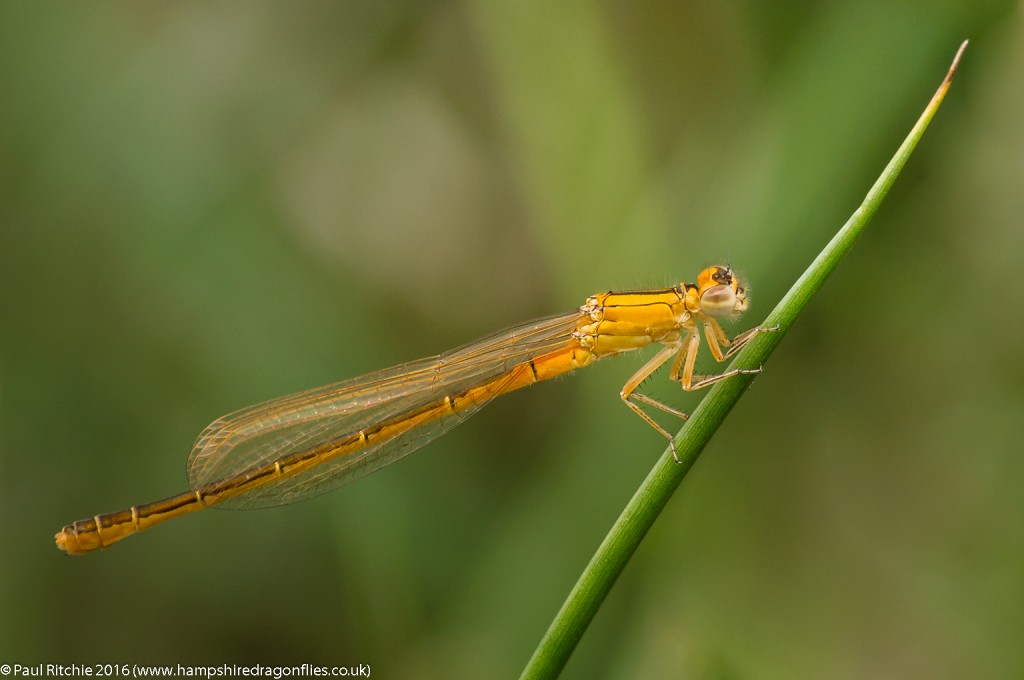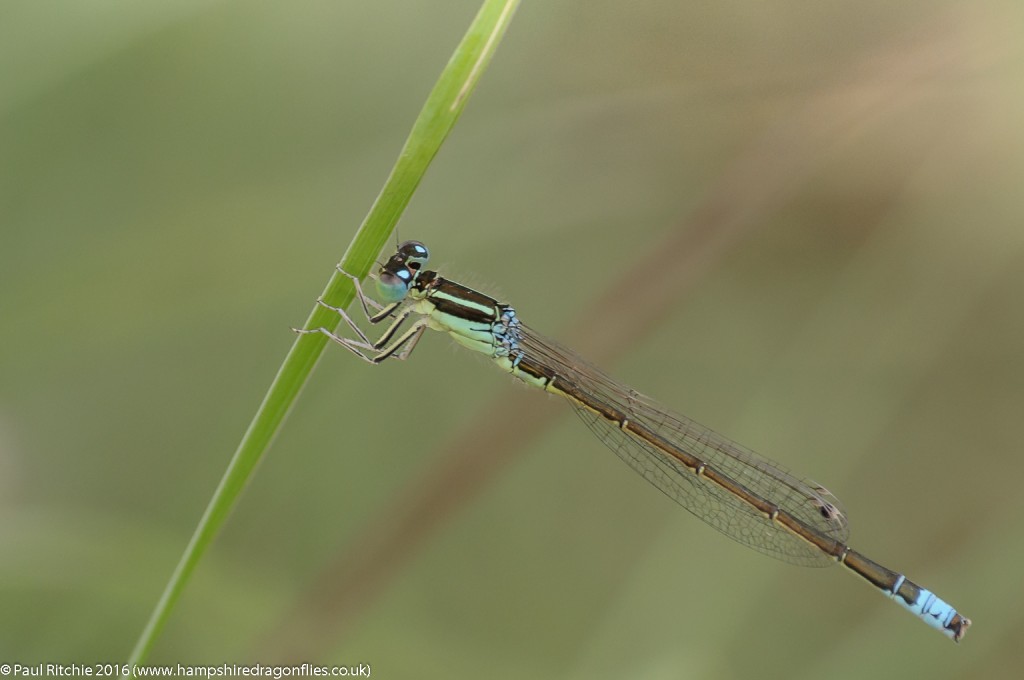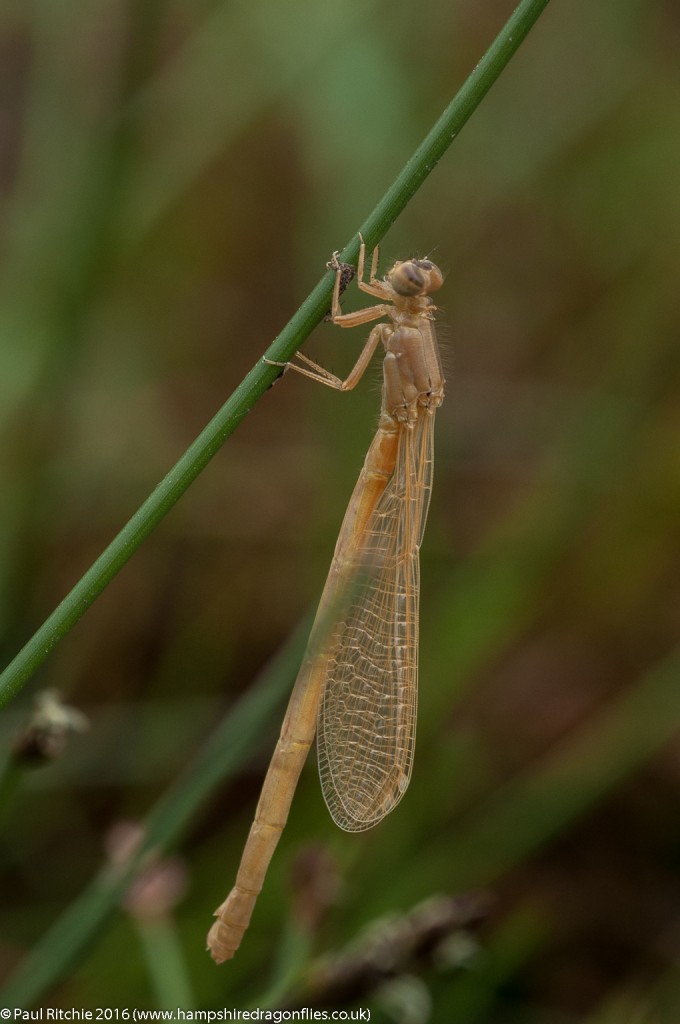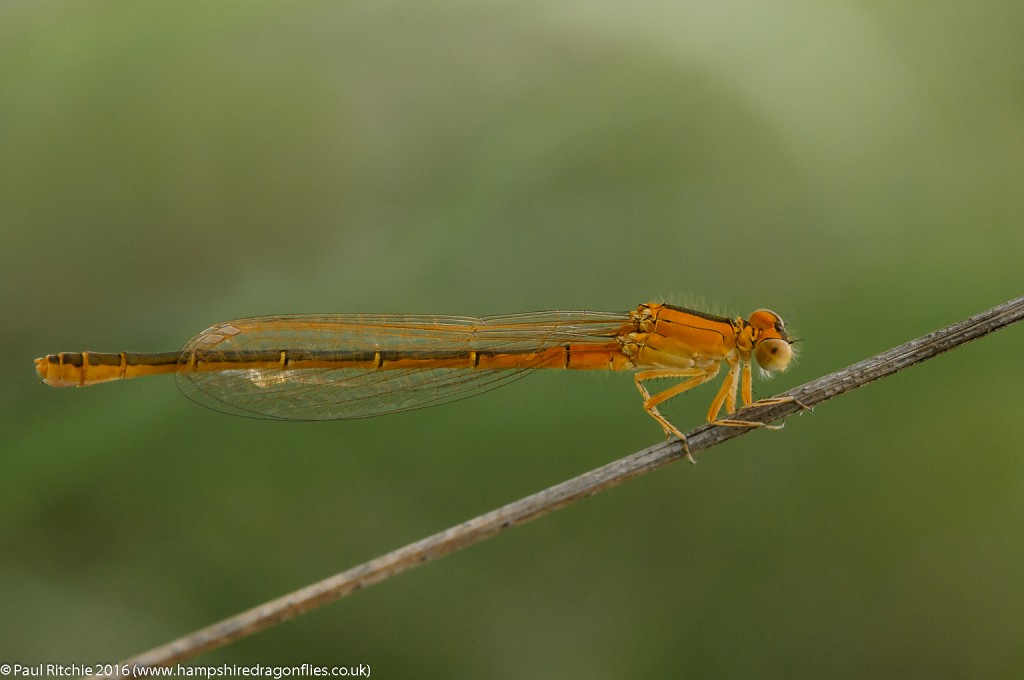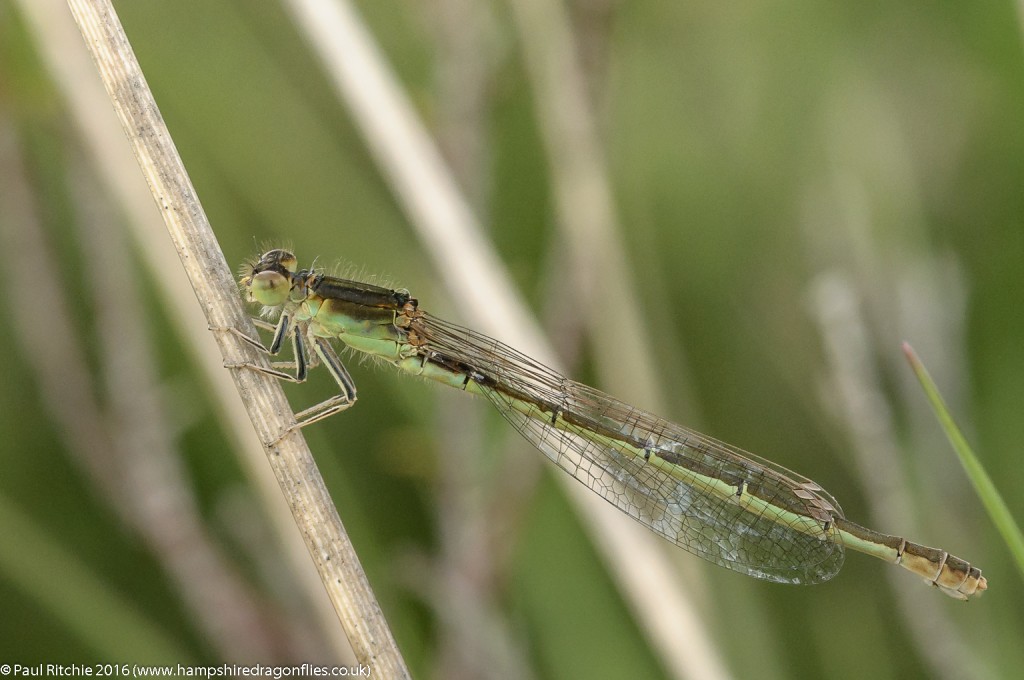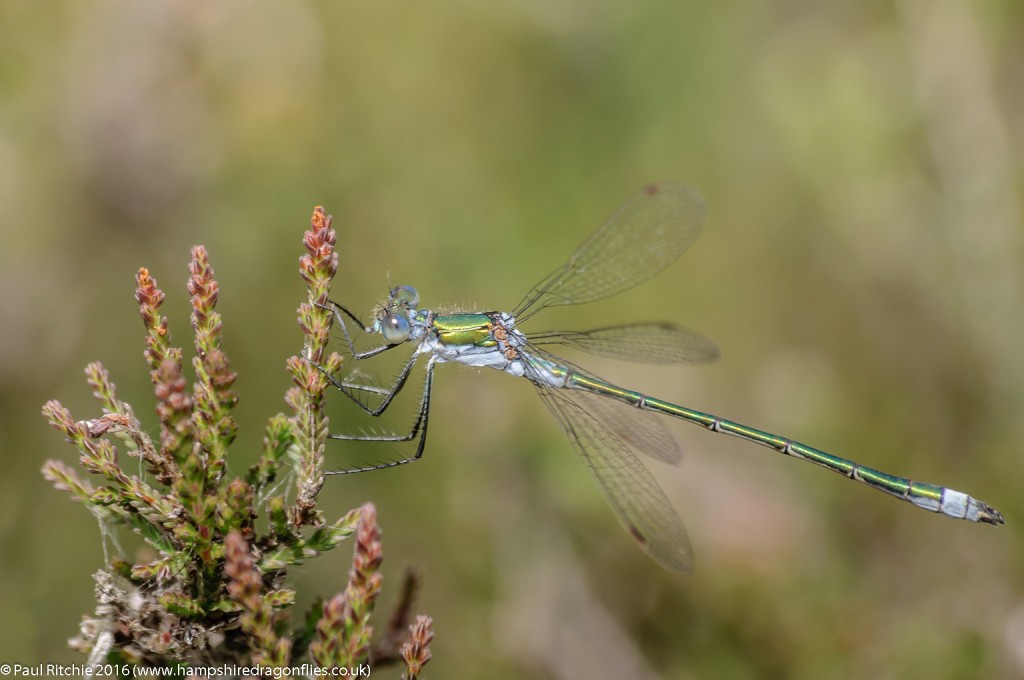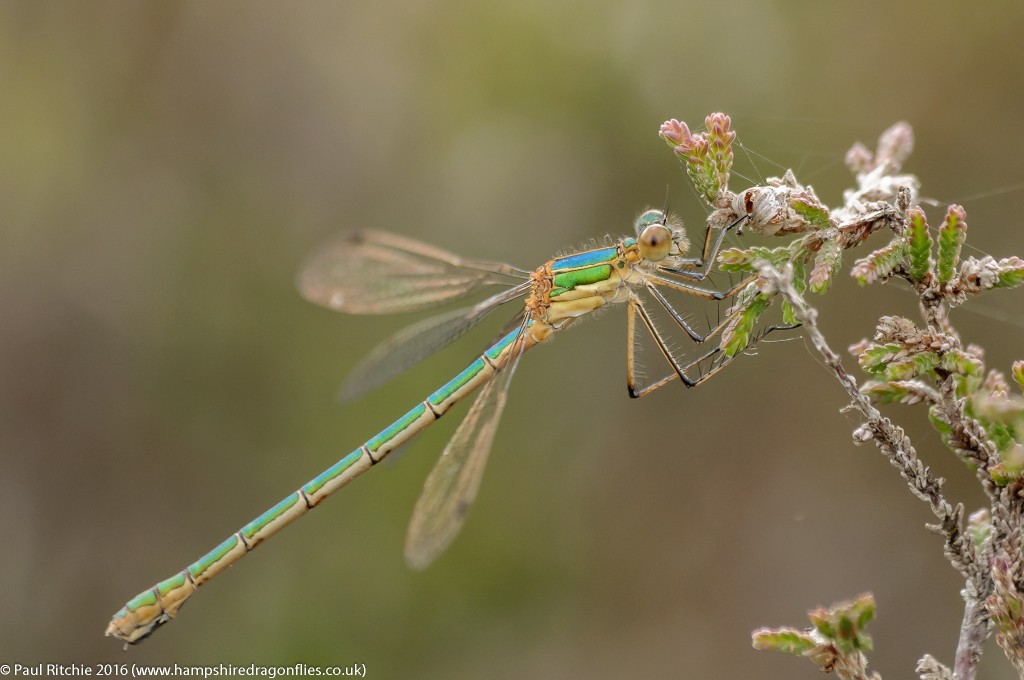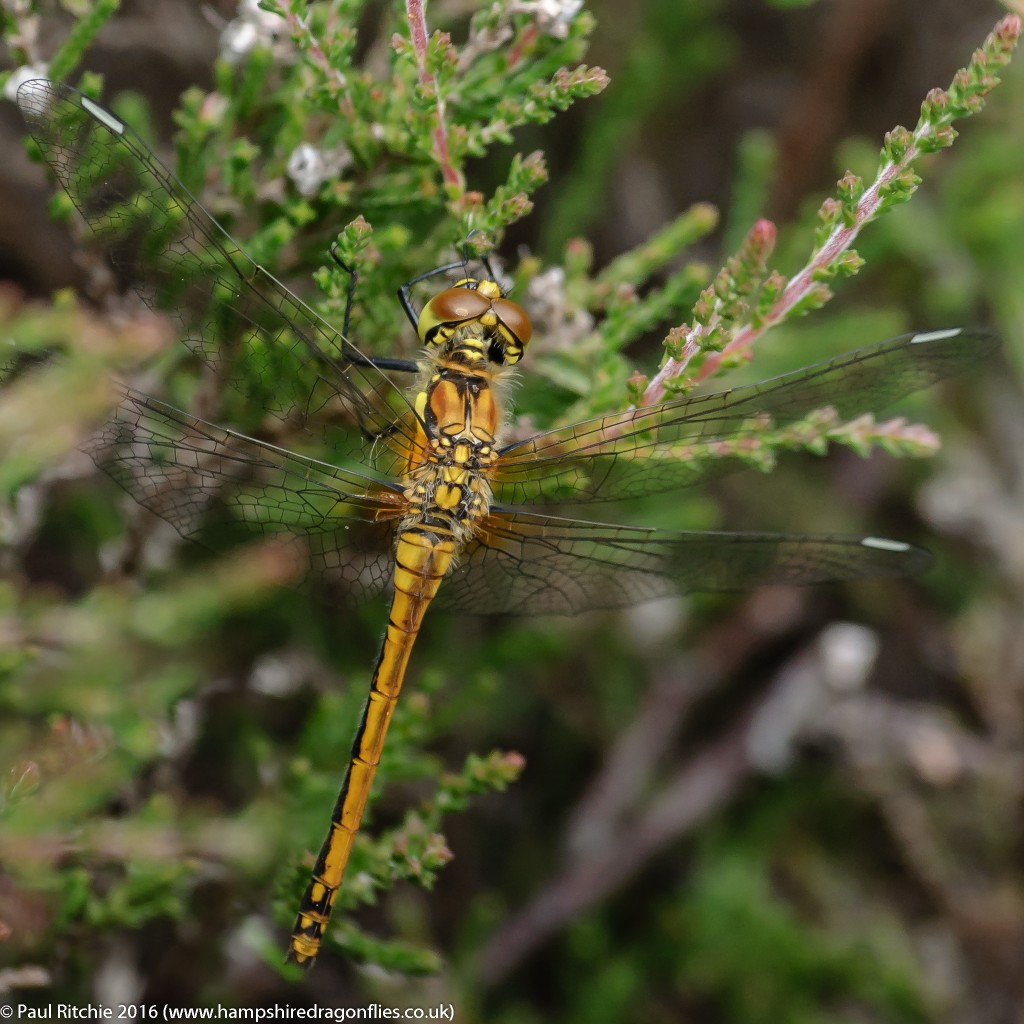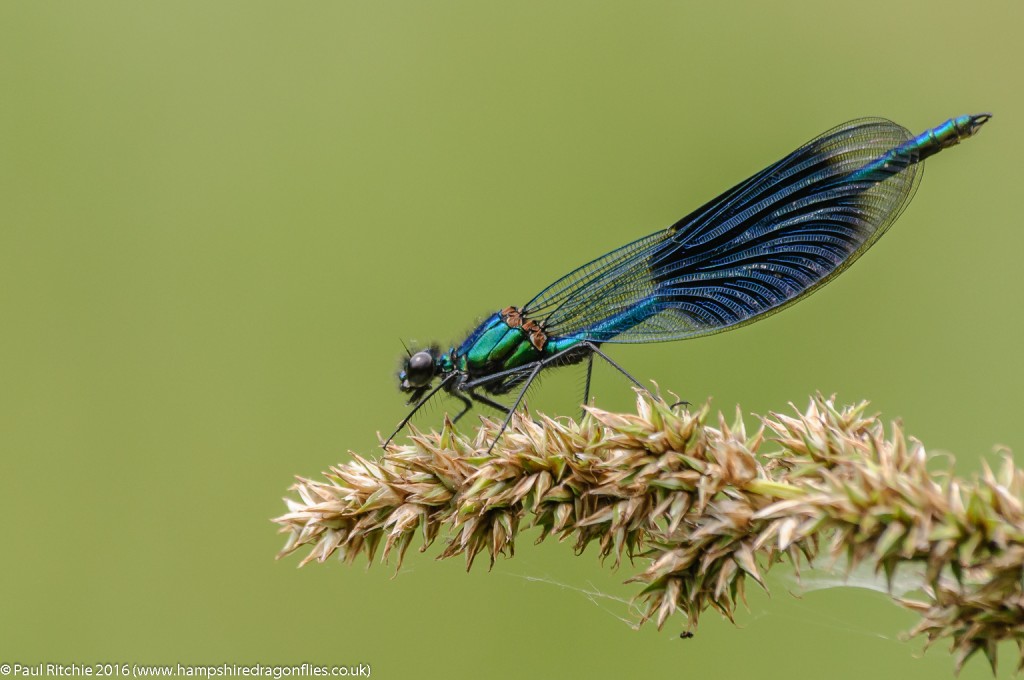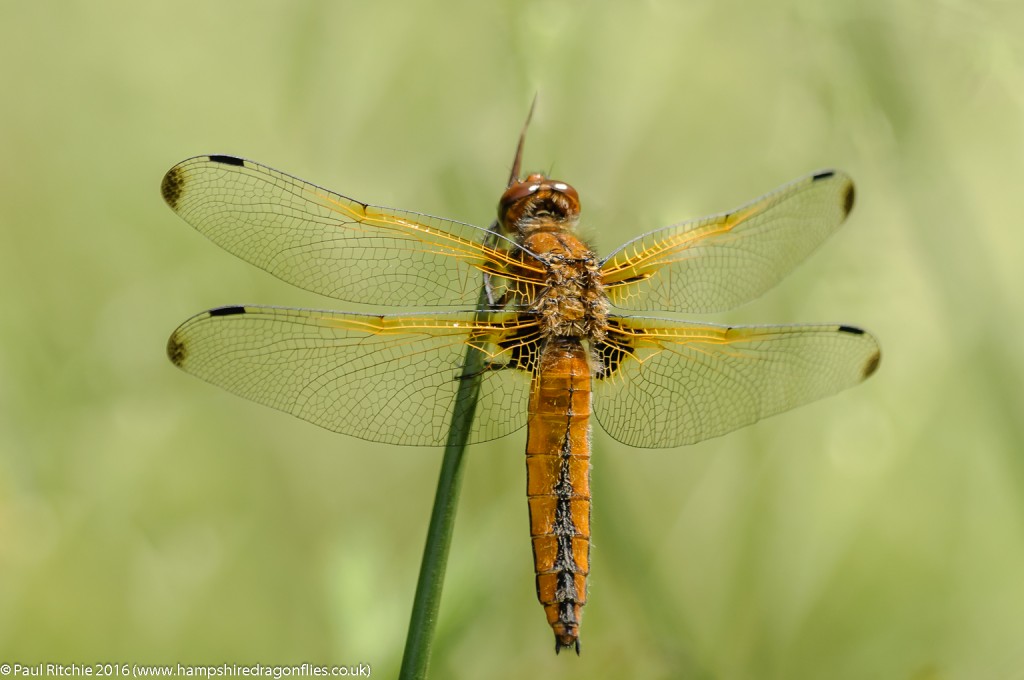Tuesday 19th 2016
I’d been waiting for a day like this. I could’ve done with one in June for an adult Club-tail hunt, but for the second year in a row I was robbed of the chance. No matter, there’s always next season.
Today however landed within the confines of July and was ideal for a return trip to Ashdown Forest in search of the elusive Brilliant Emerald. I hadn’t felt the need last year as I encountered one at Bramshill, which is on my (rather large) patch. Besides, it is a rather long and fraught drive on a whim. Once you’ve battled through the bottlenecks of Worthing through Brighton you start to feel a little eager to get outside of the cabin.
I couldn’t get my boots on fast enough, and too much eagerness resulted in yet another navigational error on the reserve itself. By the time I’d reached the muddy pool I’d done all the walking over rough ground I wanted to in this heat. I love the heat, but I needed my energy and water supplies for what turned out to be a long wait.
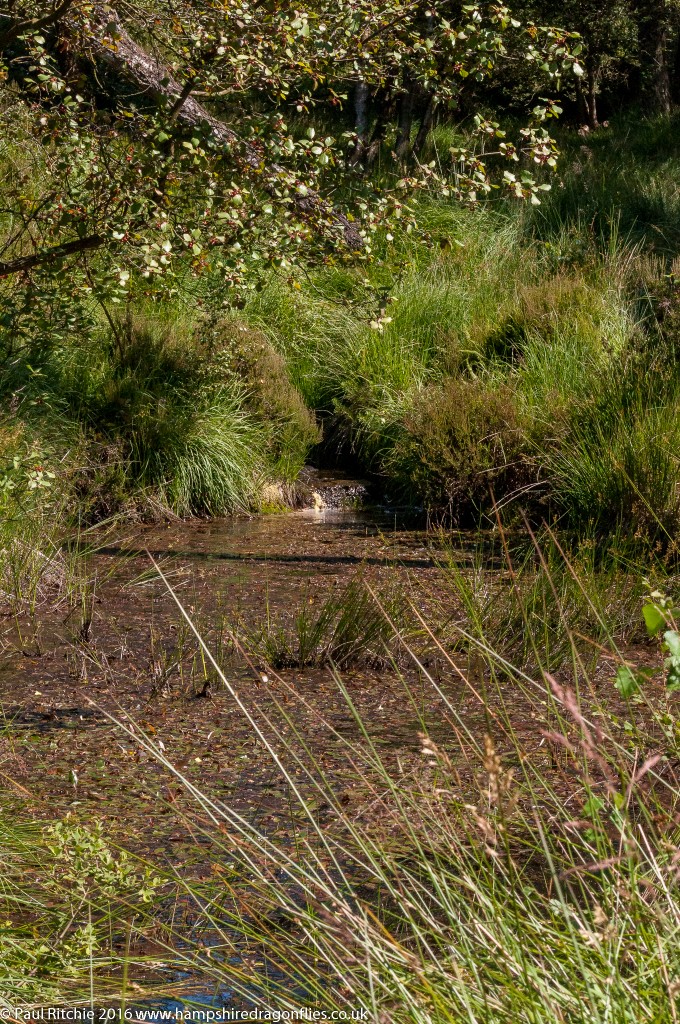
I didn’t have to wait long for a view, but the resident Emperor put paid to any prolonged visit. While waiting for a reappearance I passed time with the resident Brown Hawker, who was surprisingly predictable, but no less difficult to pin down.

At lunchtime I was left to myself and with the absence of protagonists he reappeared and proceeded to do a few unpredictable circuits, keeping me on my toes frustrated but totally engaged until he flew off upstream. Oh well, back to that Brown Hawker.
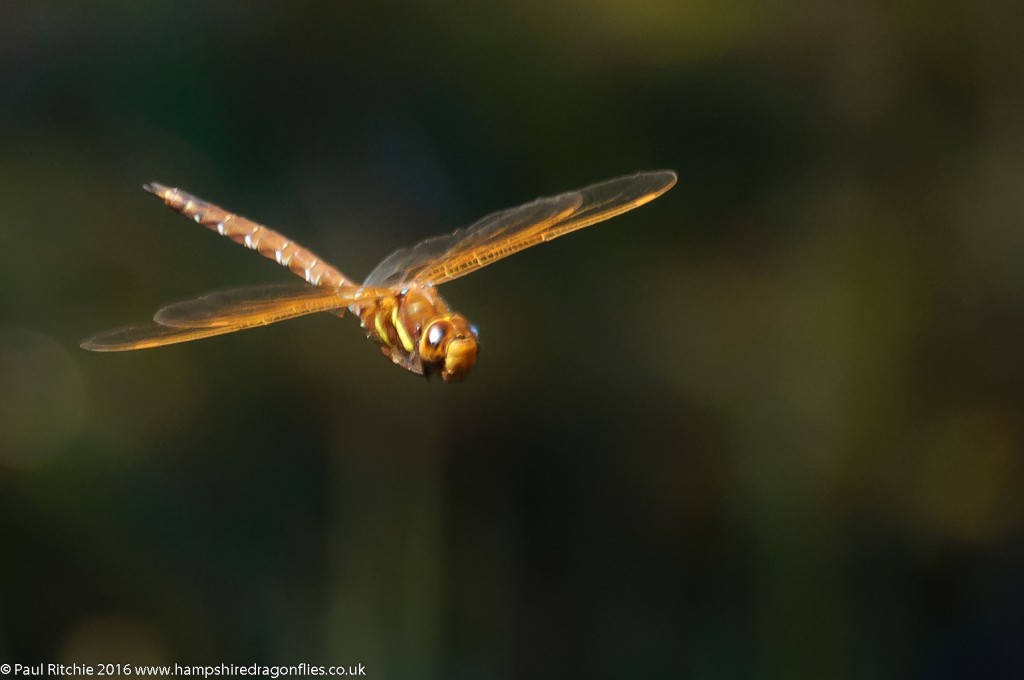
There is so much to explore here but I needed to retain focus. I did manage a stroll downstream to the fence where a Golden-ringed was holding fort, and a short stroll across the other side on the heath before returning to the pool, fearful I may have missed something.
At the footbridge I had my first viewing of a Southern Hawker this season, frustratingly patrolling the dark pool underneath. There’ll be plenty of chances for those later in the season.
Regaining focus I patiently waited, nay, prayed for a reappearance. At 3.00pm I was getting jittery, wondering whether I should walk upstream to seek out the remainder of these dozen pools. I figured I could return to the car park slowly and with adventure, but that would mean leaving the pool.
At 3.30pm, low on water and weary, I picked up my backpack and threw it over my shoulders, locked the waist strap for the climb and turned to leave when he reappeared, long enough for me to put the bag down again while I desperately attempted an in-flighter to go home with.
What happened next will stay with me for the rest of my days.
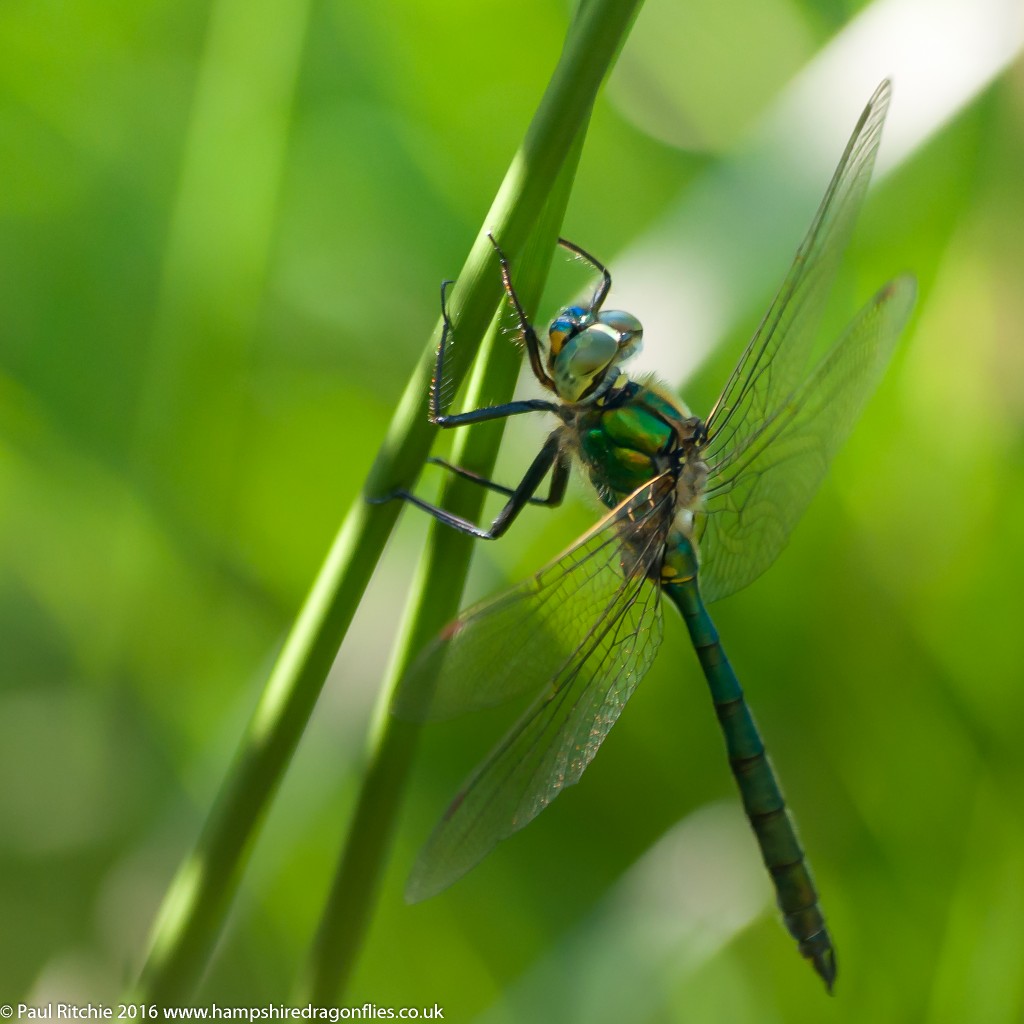
Can you believe it? I couldn’t. I thought I was dreaming, but was savvy enough to turn the camera his way, still on flight mode, grabbing any shot I could before changing to perched mode. I had just 25 seconds before he rose and disappeared upstream.
I was elated! I’d waited 5 hours for this opportunity and with a huge grin on my face I put the back pack back on and turned to leave. But it wasn’t over yet. Back he came and I would have been a fool not to have another go.
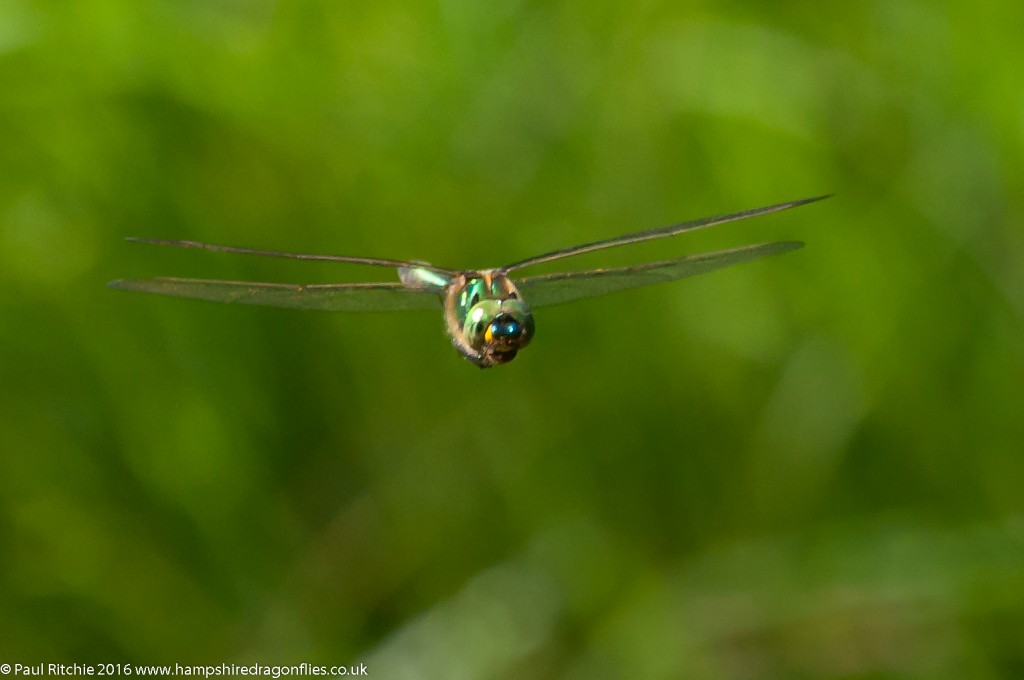
My long wait was rewarded with the appearance of another male and a brief territorial battle ensued before he drove his protagonist away, returning briefly to his patrol before miraculously perching again! This time only for 10 seconds, but 10 seconds was enough because this time I was ready.

What a beauty! The long wait had definitely been worth it!

